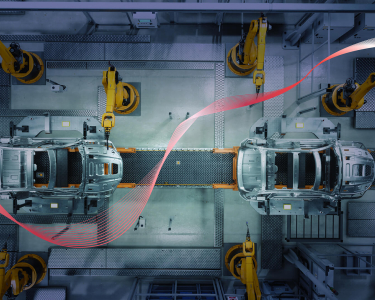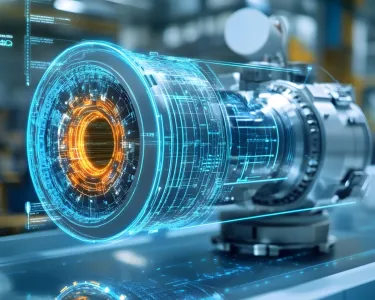Auto Financing at Crossroads – Managing Challenges with Tech Creativity
Market Turbulence and Affordability Pressures
Economic crises have a pattern of reshaping the automotive landscape, and the industry finds itself navigating another such moment. While the subprime mortgage crisis of the late 2000s was significant due to the magnitude of financial disruption it caused, the current disruption, driven by global uncertainties and protectionist tariffs, may be less severe, albeit still very concerning. Rising import tariffs threaten to destabilize the industry, sending shockwaves through global value chains.
Vehicle prices have been on an upward trend in recent years, initially driven by the global chip shortage. The consequent increase in vehicle inventories at dealers and distributors caused short-term strain. But with the shortage easing and days of inventory lessening, the pressure on the distribution network decreased. However, with the introduction of new tariffs, prices have increased with renewed force.
This has led to affordability issues with vehicles, and one might expect consumers to rely heavily on financing; however, increasing interest rates have made credit more costly. They are responding by seeking longer loan terms and refinancing their vehicles to keep them for longer periods than before.
Meanwhile, dealers face pressure to subsidize retail contracts while managing fluctuating inventory levels.
OEM’s Strategic Response
In response to these market pressures, OEMs and their finance captives are recalibrating their strategies. The priority has shifted from long-term transitions, such as EV adoption, to addressing immediate challenges: improving profitability and retaining customers.
They have redirected their energy toward new services that generate additional revenue and strengthen customer loyalty. Carmakers now offer a host of services, both in-vehicle and outside, ensuring customers return to them for all their needs. Some of the newer services that carmakers and their finance captives offer include:
Auto Insurance: OEMs are partnering with insurance providers to offer both standard and tailored vehicle insurance plans, giving customers a choice of coverage options and durations to suit their needs and ensure peace of mind. Insurance through the OEM or its captive simplifies renewals, claims, and roadside assistance under one brand umbrella..
By bundling insurance with loans, vehicle financing, and maintenance services, automakers are consolidating all vehicle-related payments and interactions into a single customer interface. As a result, customers can now manage insurance payments, review upcoming lease or loan payments, schedule service, and more.
- Used-Vehicle Financing: To weather economic uncertainties, experiments, carmakers are now scaling up used-vehicle sales and financing, driving demand and pushing prices higher. However, on the way, OEMs face several roadblocks: sourcing quality vehicles at the right cost, setting competitive rates, and preventing cannibalization of new‑car sales.
- Creative financing: Captive financing units are designing flexible programs to attract customers. For EVs, this could include financing both the vehicle and home charger setup. More broadly, it may involve short-term leases with some built-in options, non-standard financing, subvented plans, or other innovative models.
Technology as the Game-Changer
Emerging AI technologies are revamping auto financing, making it faster, smarter, and more customer-centric. Let’s look at some key technology applications leading this transformation:
- AI for Fraud Detection and Compliance: AI is being used across the auto finance value chain to detect fraud, simplify underwriting, and meet compliance requirements. It enables faster implementation of use cases, improving the overall user experience.
- ML for Rate Optimization: Advanced ML models analyze large datasets to establish the ideal interest rates, based on customer behavior, elasticity, and propensity to buy.
- Vision AI for Lease-End Inspections: These tools enable dealers to accurately analyze end-of-lease vehicles and determine wear and tear. This increases standardization and improves transparency in charges, benefitting the user experience.
- Agentic AI for Customer Experience: Agentic AI streamlines customer service during loan and lease servicing by offering faster access to support and reducing staffing costs. It also allows the dealer network to access information more quickly than before.
Conclusion
In summary, the automotive industry is undergoing transformative shifts, driven by innovative financial strategies and technological advancements. By tackling financing challenges, creating new revenue streams, and leveraging AI to revamp processes, OEMs and captive financing units are adapting to changing market dynamics while elevating customer experiences.
By partnering with technology companies, these organizations can leverage their expertise to accelerate the much-needed transformation and chart new avenues of growth.
With over 17 years of experience, Vasant leads TechM’s Asset Financing practice within Manufacturing, where he is responsible for solution development and driving business growth, supporting the captive finance businesses of global manufacturers. Before IT, he spent a decade in the automotive industry, driving transformational initiatives in areas such as vehicle financing, dealer management, warranty and remanufacturing, and business intelligence.








